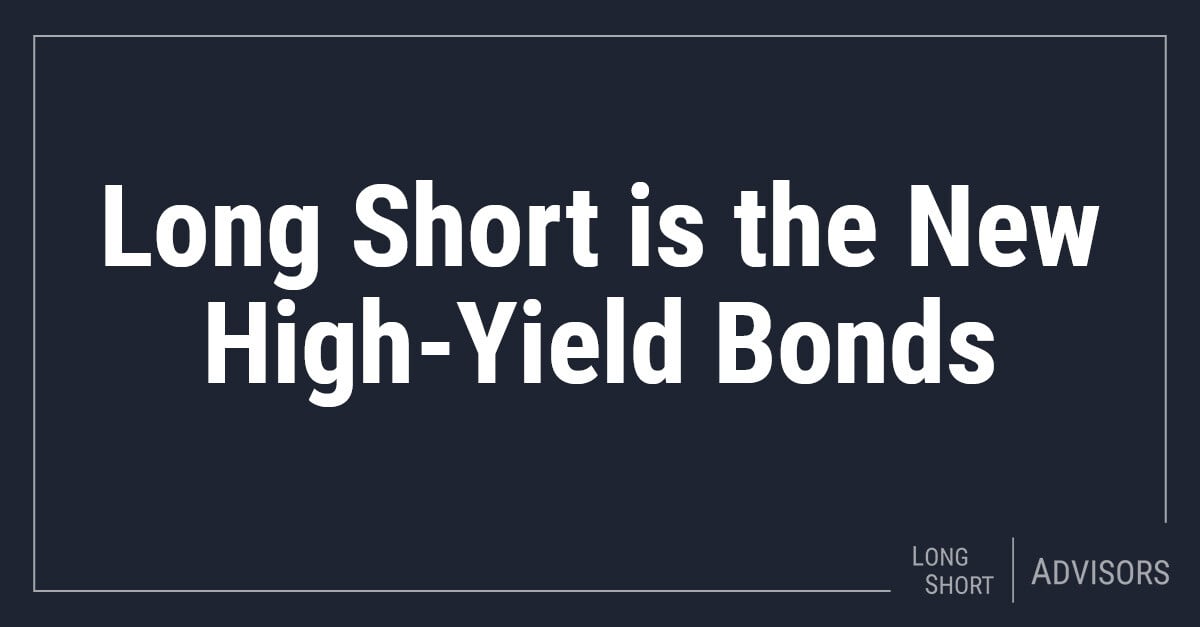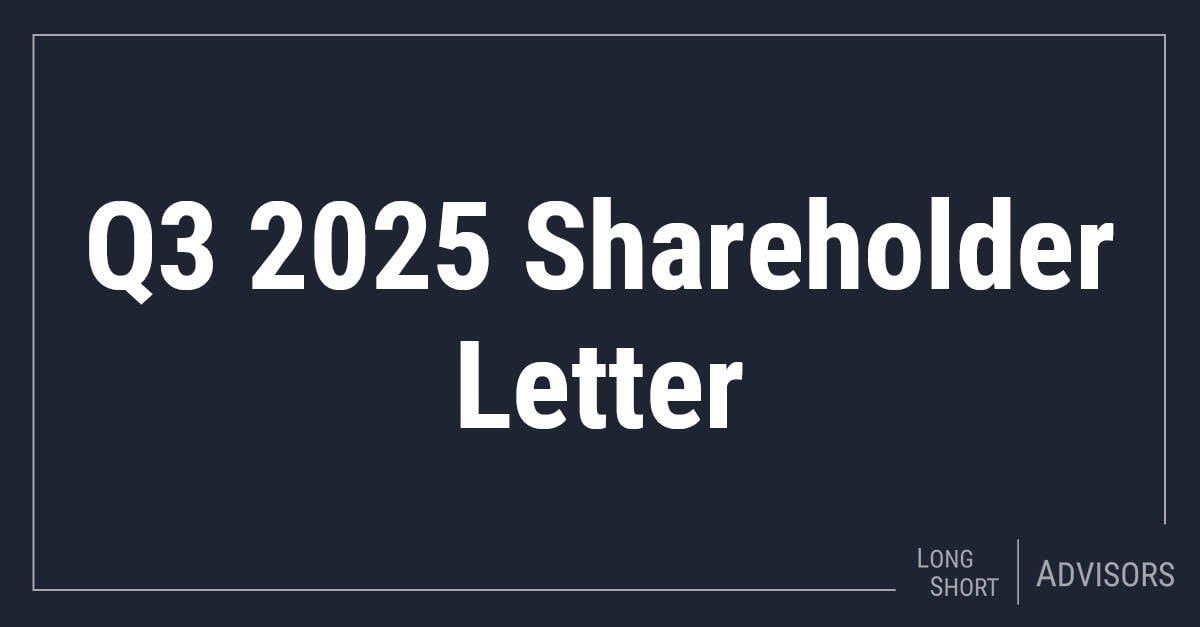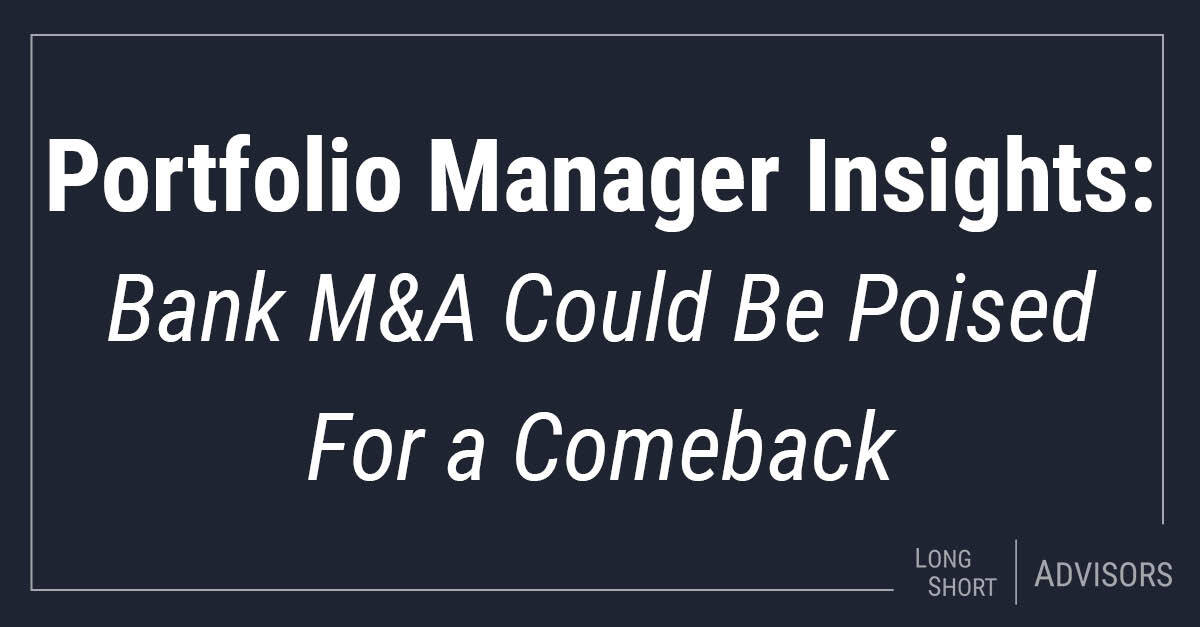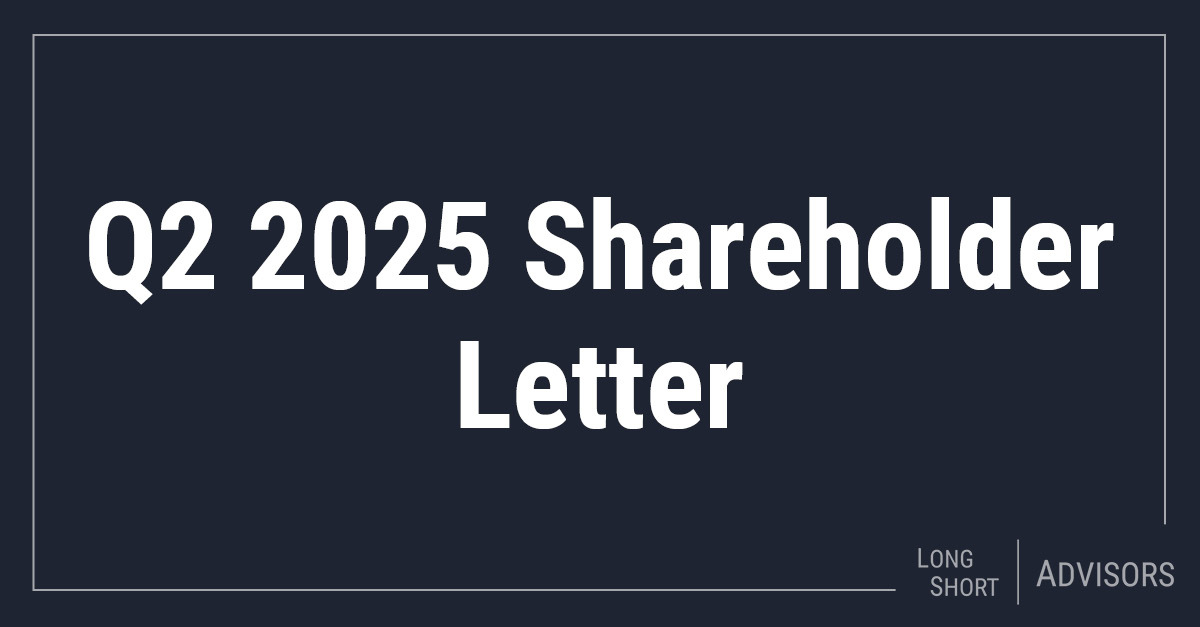High-Yield Bonds
High-yield bonds, also dubbed “junk bonds,” are bonds that pay a higher yield to their investors to compensate for the additional risk when compared to buying Treasuries or other investment-grade bonds. Issuers of high-yield bonds are typically companies with a poor financial standing or which have failed to repay debt in the past. Actions such as these can lower a company’s credit rating to below investment grade (i.e., BB or lower under Standard & Poor’s rating system). The lower the credit rating of the issuing company, the higher the yield it must offer on its debt to attract investors. In other words, companies with poor credit quality pay out more interest to investors to compensate for the higher risk of default.
The Backdrop for High Yield
After gaining 8% in 2024, junk bonds declined in value in the first two weeks of 2024 and face (at least) two challenges: rising interest rates and exceptionally narrow spreads over investment-grade bonds. Since the Federal Reserve Board began cutting the Fed funds rate in September 2024, yields on long-term Treasuries have surged even as short-term rates have fallen in response to 100 basis points of Fed rate cuts in 2024 (in other words, the Treasury yield curve has normalized—it’s upward sloping again—and steepened). For example, the yield on the benchmark 10-Year Treasury has shot up 120 basis points to 4.8%, an enormous move in just four months.
There are several possible explanations for the sharp rise in long-term rates (30-year government paper now yields 5%), which has surprised many fixed-income strategists. Inflation is stubborn and sticky: The Fed’s own estimate is for core PCE inflation of 2.5% in 2025, which is above the Fed’s 2% target. Economic growth is still a robust 2.5% to 3%, and the strength of the job market—256,000 jobs were created in December 2024, which lowered the unemployment rate to 4.1%--has astonished many analysts.
On paper, the 7.5% average yield on high-yield bonds seems relatively attractive, but that’s mainly because of the prevailing high-rate environment. According to JP Morgan’s research, as of December 31, 2024 *, the spread of high-yield bonds over Treasuries was only 287 basis points compared to an average 513-basis point spread since 2001, implying that junk bonds are in the most expensive 5% valuation category on a relative basis during the past 25 years (investment-grade bond valuations are even richer, in the narrowest percentile). For some context, the 2.8% to 2.9% spread over Treasuries compares to a 5% spread in March 2022 and a 6% premium in July 2022 and is the narrowest spread on record since 2.5% in May 2007 on the eve of the market crash and the Great Financial Crisis (then, high-yield bond spreads spiked to 20% before the end of 2008)**. In short, investors are being offered an exceptionally narrow premium today for shouldering the additional risks implicit in investing in sub-investment grade bonds—i.e., a very thin cushion for defaults or downgrades in credit ratings of speculative bonds.
Long-Short is an Alternative to High-Yield Bonds
We have written previously about how a long-short allocation can deliver returns, even when the broader stock market cannot. Some of the issues that are challenging bonds in 2025--rising interest rates, elevated inflation and a strong labor market, huge and persistent government budget deficits, policy uncertainty around implementation of tariffs, immigration policies and fiscal policies by the incoming Trump Administration—may also contribute to volatility in equity markets this year. Long short can keep investors in their seats during the inevitable bouts of volatility, enabling them to compound returns in equities over market cycles.
Long short strategies provide diversification benefits for stock and bond portfolios, but they in fact also have a similar return-risk profile to that of high-yield bonds. For example, during the five years to December 2024, the LS Opportunity Fund (LSOFX) returned 6.5% annualized with a standard deviation (a measure of volatility or risk) of 10.4%, or just over half of the 18.4% volatility of the S&P 500 Index. During the same 5-year period, the S&P High Yield Corporate Bond Index returned 4% annualized with a standard deviation of 9.5% (another way to compare the two is that LS Opportunity’s return-to-risk ratio was 0.63 compared to the S&P High Yield Corporate Bond Index’s 0.42)***. Over the trailing 10-year period, LS Opportunity’s annual compounded return was 6.2% and volatility 9% versus the S&P High Yield Index’s 5.0% and 7.6%, respectively.
As we adjust to rising rates, historically high equity market valuations, and the policy uncertainty engendered by a new administration in town in Washington, D.C., investors can potentially achieve the historical risk-adjusted returns of high-yield bonds through long- short strategies but without taking the risks associated with high-yield bonds that are presently also trading at historically high valuation levels.
*Sources:
*https://am.jpmorgan.com/us/en/asset-management/adv/insights/market-insights/guide-to-the-markets/
**https://fred.stlouisfed.org/series/BAMLH0A0HYM2







